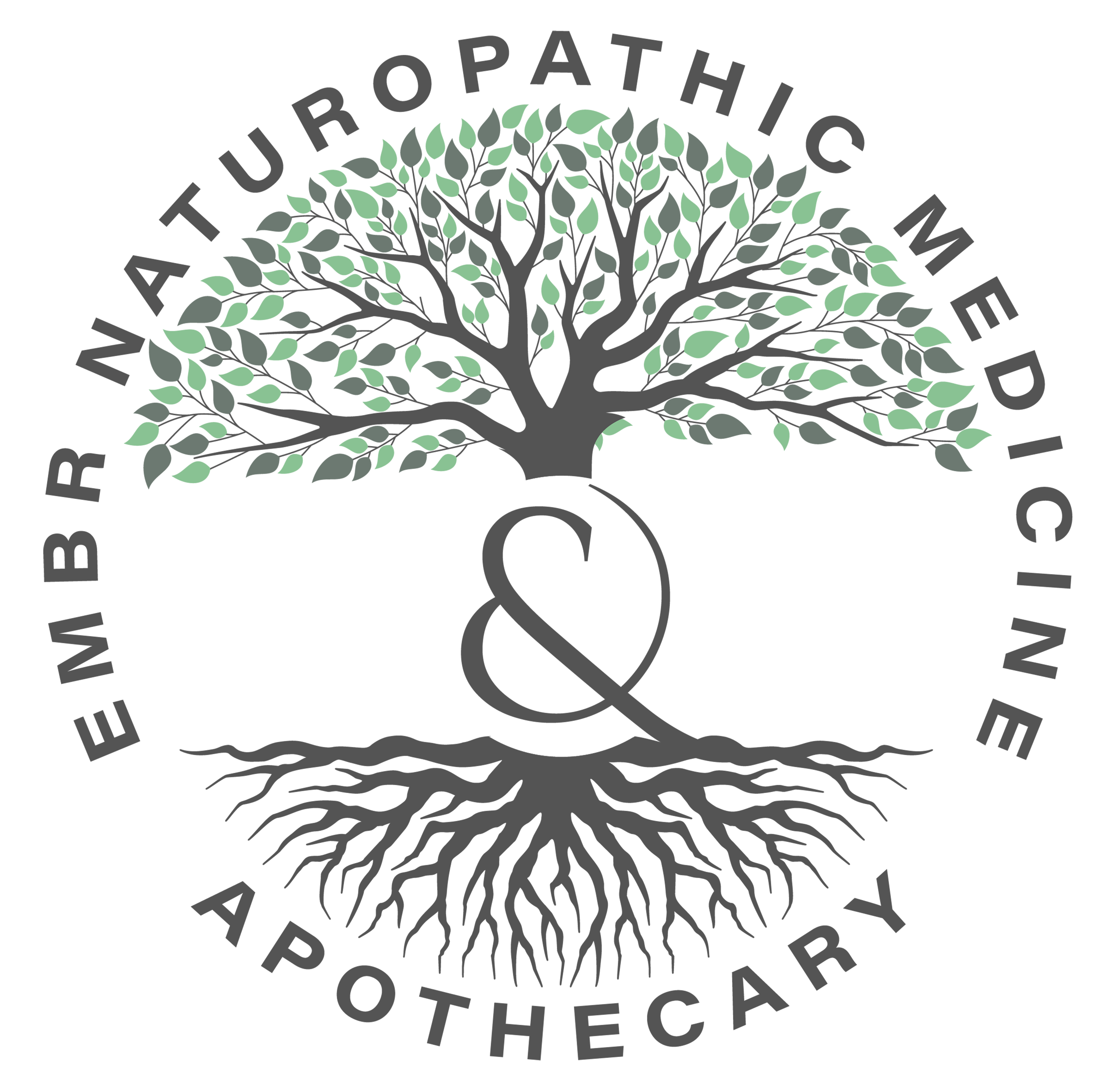Have you ever heard of treating pain with subcutaneous (i.e. under the skin) injections? If so, have you ever heard of “subcutaneous prolotherapy” or “neural prolotherapy”? Well, thanks to Dr. John Lyftogt of New Zealand, we now have a body of evidence that suggests that the mechanism by which nerves become inflamed and stimulate the pain signals in our brains can actually be treated with a simple, safe, and effective peripheral injection therapy.
Dr. Lyftogt has renamed the treatment he has developed to “Lyftogt Perineural Injection Therapy” (Lyftogt PIT or PIT). The reason he changed the name is because there was a lot of confusion about what the similarities and differences were between prolotherapy and neural prolotherapy, which is now called PIT. Prolotherapy is a process by which an irritating solution is injected into deep structures, such as the tendinous attachments of muscles to bone, so as to stimulate an inflammatory process in an effort to recruit cells to assist in strengthening weakened structures. Neural prolotherapy or Lyftogt PIT is actually accomplishing the opposite by using a very shallow injection to reduce inflammation in the nerves [1].
Dr. Lyftogt’s research has shown that the cutaneous unmyelinated nerve cells that are in our skin, which are called C-fibers, can become damaged due to oxygen and glucose deprivation (OGD) that is caused by ischemia, or inadequate blood supply. This in turn can lead to neurogenic inflammation and neuropathic pain, which is not to be confused with the typical definition of inflammation that we are all accustomed to hearing, which involves our immune system [1].
The mechanism by which neurogenic inflammation occurs is that our blood supply is being reduced to certain parts of our body. This can be caused by anything from overworked and under-stretched muscles, to poor posture, or even scars from old injuries that lead to inadequate circulation reaching the structures in our bodies that require oxygen and nutrients. When we think about a reduction in blood supply, the first thing that comes to our mind is usually hypoxia, or a reduction in oxygen, which leads to damage and necrosis of tissue. However, a very compelling study was done by the Department of Anesthesiology at Stanford University’s School of Medicine that showed that the C-fiber neurons that are located in the skin were actually much more sensitive to a lack of glucose than they were to a lack of oxygen! In fact, the study showed that the C-fiber nerve cells responded to a lack of oxygen by increasing their action potential firing rate by 220%; however, a lack of glucose increased their action potential firing rate by 652%! This showed that when you deprived these cutaneous nerves of glucose, they sent pain signals to the brain almost 3 times more frequently than they did when they were deprived of oxygen [2].
What does this mean? It means that the C-fiber nerve cells in our skin that are in our peripheral nervous system can become damaged due to a lack of both oxygen and glucose; however, they appear to be much more sensitive to a lack of glucose. Therefore, by using Dr. Lyftogt’s technique of injecting small, milliliter amounts of dextrose (i.e. D-glucose) into the spaces adjacent to these nerve fibers that are located at the very superficial level of the skin, it has been found that you can effectively and directly provide these damaged nerves with the nutrients they require to heal. The 5% dextrose solution that is used is buffered to match the body’s pH, and goes directly to the nerves to feed them and heal them, thereby reducing the amount of neurogenic inflammation that causes chronic damage to these nerve fibers. This in turn provides the patient with immediate analgesia and pain relief, as well as long-term treatment of chronic pain. Unlike the majority of pain medications out there, this does not work by bandaging the symptoms; perineural injection therapy is effectively treating and healing the damaged nerves that lead to the chronic pain signals that are sent to our brain.
If you are interested in this pain management technique, please call us for a consultation or visit our office in Palo Alto to learn more! [1] Dr. John Lyftogt PIT [2] Activation of C fibers by metabolic perturbations associated with tourniquet ischemia
